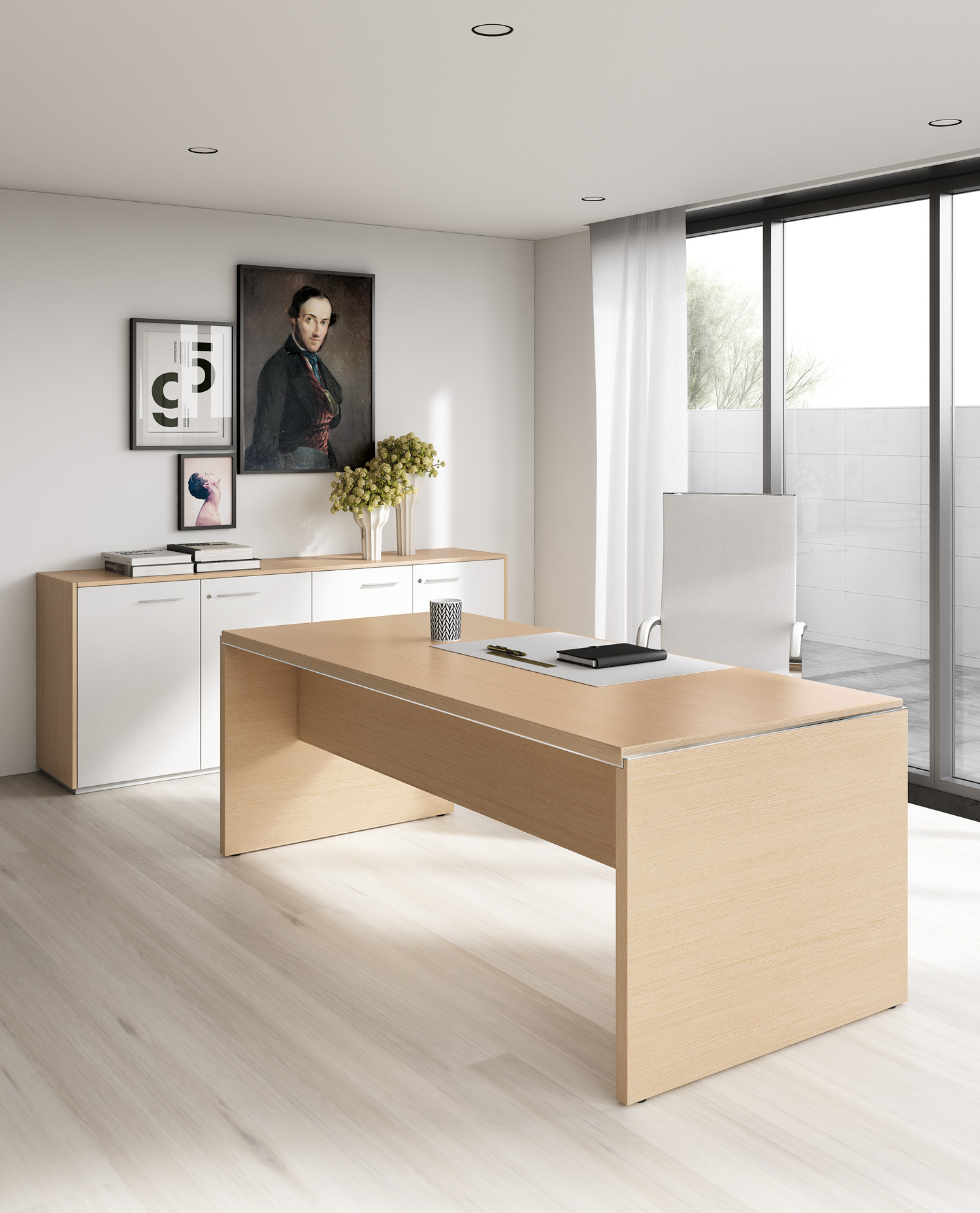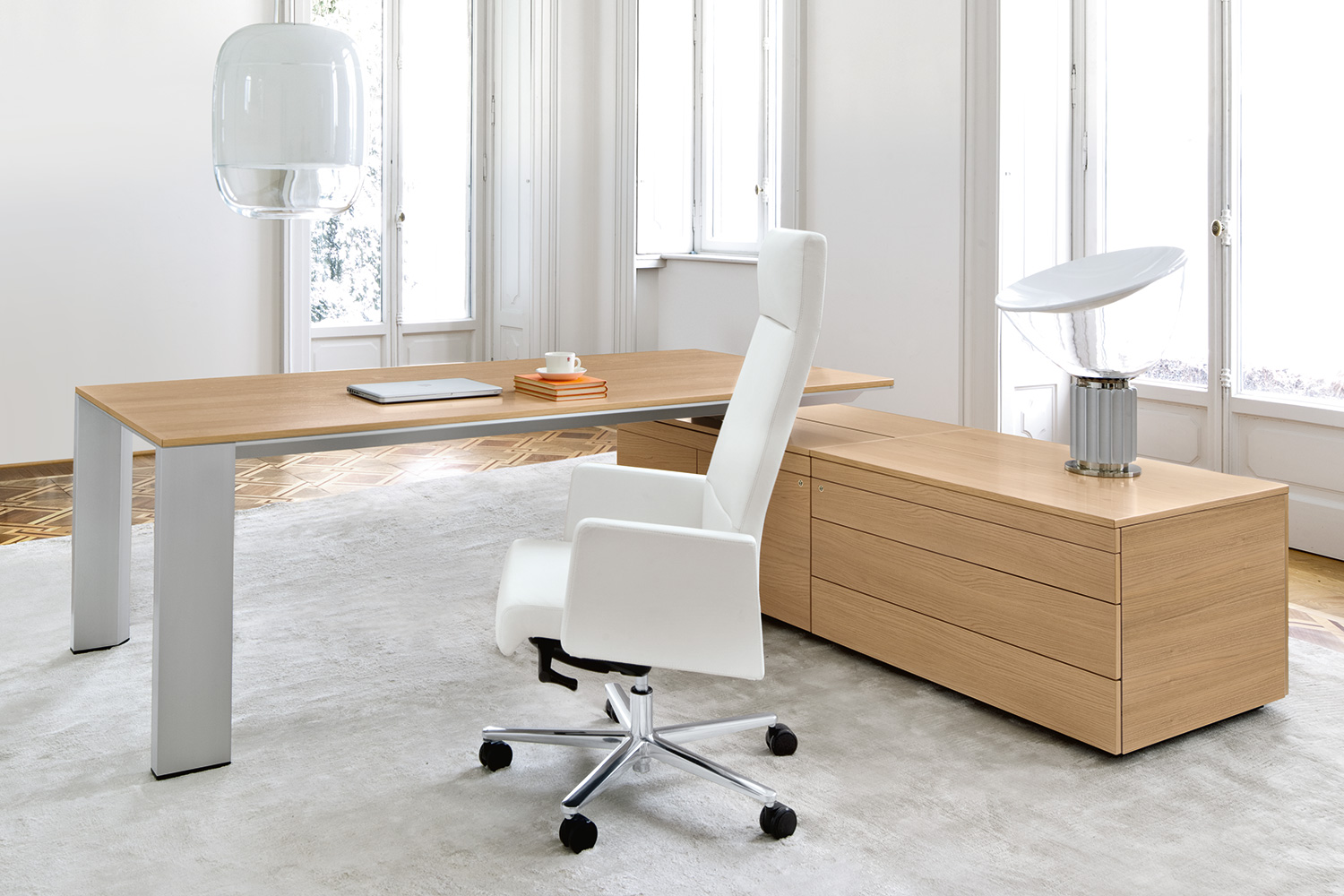Working from home isn’t so bad, whether you’re a freelancer or enjoying the perks of a flexible working arrangement.
You get to avoid a lot of the downsides of office life, like battling traffic on your way to work, or the noise associated with an open-plan office. Along with all the pros, though, there are some cons. And more often than not, they all come down to the same error: not having a dedicated work space in your home.
As it happens, designing the perfect home office isn’t as straightforward as it might seem.
One vital factor, in order to be proactive and create separation between your work and home life, is to set up an area of the home as a designated work space.
Space, routine and light: key considerations
How much space do you have to play with? This is the first question you need to ask yourself.
Second, think about your work routine and preferences. Your home office (unlike a workstation on company premises) should be designed entirely around your needs.
Do you like to spread out your papers when you work? Choose a small meeting table. Do you work both sitting down and standing up? Choose a sit-stand desk. Do you want to create a hyper-organized workstation? Go for a flexible model, something you can customize with accessories to suit your personal needs.
It’s only once you’ve found efficient solutions to all your functional requirements that we get to the design stage.
One equally important detail that’s not to be overlooked, then, is the light, which will help determine where your desk should go. Do you have a massive window? Great, design the space so that your workspace benefits from as much natural light as possible, but be careful that you won’t have glare reflecting off your computer screen. You’ll also end up saving energy!
If, on the other hand, the area’s quite dark, choose lighting that won’t tire your eyes (LED lighting is preferable), and design the layout so your retinas won’t be screaming at you after an hour’s work.

Sit up straight!
So, we’ve got our desk, we’ve got our lighting: what else do we need? Well, a place to sit, of course. We recently talked about how having the ideal chair for working improves productivity (and won’t concertina your spine in the process).
Just to recap: choose one that meets your personal needs, with custom options to accommodate your work flow. Do you move around a lot? You want a chair that offers the highest possible level of mobility. Are you sedentary? You want a chair with comfortable armrests, and maybe even a headrest, too.
Are you at your most creative when you have somewhere to lie down? You’re at home, so make the most of it! A small sofa might be the right compromise between horizontal time and work time.
Home office = tidiness
A tidy workspace means you work better. Get those thousand-and-one pens and pencils organized in a proper container, tidy away all those sheets of paper in folders and files, put a wastepaper basket under your desk for throwing away the wrapper on that sneaky little chocolate you just treated yourself to as a pick-me-up.
And don’t underestimate the value of giving the space a quick tidy up at the end of the day, stacking papers, and parking the mouse to the right of the keyboard (unless, of course, you’re left-handed). Getting up in the morning and finding everything in its place will be an incentive to get stuck into the day’s work (yes, honestly, we’re not kidding).
Are you slightly lacking in the organization department? We’ve got you covered with our simple guide to decluttering your desk.

